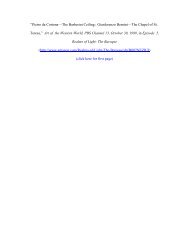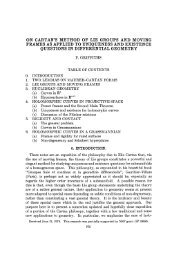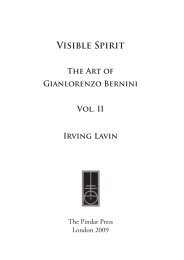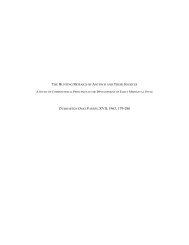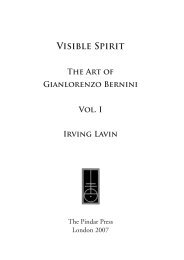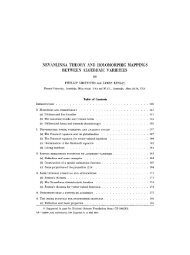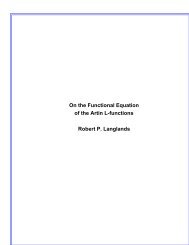View PDF - Project Euclid
View PDF - Project Euclid
View PDF - Project Euclid
Create successful ePaper yourself
Turn your PDF publications into a flip-book with our unique Google optimized e-Paper software.
CURVATURE AND COMPLEX SINGULARITIES 463<br />
3’A= v’Aw+ hw’Aw<br />
(X+r)w’Aw,<br />
so that setting X + r 0 gives v’ A w 0. Thus w =/3v’ and taking =/3 -1<br />
we may assume w v’. Then S is given by<br />
(t, X) v(t) + hv’(t),<br />
and is a developable ruled surface. Q.E.D.<br />
(b) Remarks on integration over analytic varieties. We now discuss some<br />
matters related to integration on analytic varieties. Let V be an n-dimensional<br />
analytic variety defined in an open set U C N. The set of singular points V<br />
forms a proper analytic subvariety, and the complement V* V V is a complex<br />
manifold which is open and dense in V. We denote by A(U) the C differential<br />
forms of degree q having compact support in U. The basic fact is that<br />
the linear function<br />
(3.12) Tv(a) [ a, A"(U),<br />
3v<br />
defines a closed, positive current of type (n, n). Essentially this means that<br />
the integral (3.12) is absolutely convergent, and that Stokes’ theorem<br />
v d O, an- l( U),<br />
is valid. We shall also use the result that if {Vt} is a family of varieties depending<br />
holomohically on parameters (in a sense to be made precise in 5b when<br />
needed), then<br />
also depends holomohically on (all we use is that it depends continuously).<br />
In somewhat more detail, if<br />
2<br />
& A d<br />
is the standard Kfihler form on g, and if for any index set I {i, ., i} we<br />
denote by<br />
* 2 (&l A dq) A. A<br />
2<br />
the <strong>Euclid</strong>ean measure on the corresponding C CN, then<br />
n #i= n<br />
(&*n A




